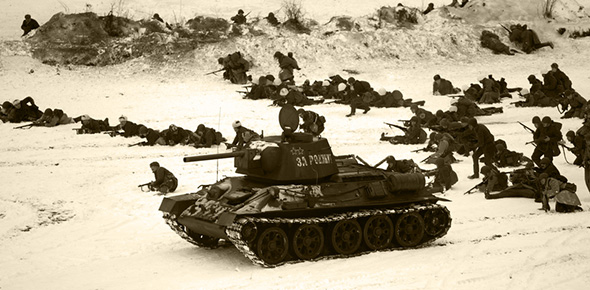Related Flashcards
Cards In This Set
| Front | Back |
|
Intro to Leadership
|
Leadership is an ability we all can develop and a leader's effectiveness is often determined by the actions of those who choose to follow. It is a delicate mix of art and science requiring people-oriented attributes, interpersonal communication, and an undeniable character that motivates, or wills, others to follow.
|
|
The Art and Science of Leadership.
|
Merriam-Webster defines the word lead as "to guide on a way especially by going in advance" or "to direct on a course or direction." This highlights two central elements: (1) the mission, objective, or task to be accomplished, and (2) the Airmen who will accomplish it.
|
|
General Ronald R. FoglemanFormer Air Force Chief of Staff
|
“Good leaders are people who have a passion to succeed….To become successful leaders, we mustfirst learn that no matter how good the technology or how shiny the equipment, people-to-peoplerelations get things done in our organizations. People are the assets that determine our success orfailure. If you are to be a good leader, you have to cultivate your skills in the arena of personalrelations.”
|
|
Set the Example
|
Effective leadership takes more than simply “talking the talk.” It is modeling, or setting the example for others inword and action. For many, this is considered the toughest part of leading. However, to be successful, leaders must evaluate themselves and work on their shortcomings. Effective leaders lead rather than drive people.
|
|
Motivate Intrinsically
|
Intrinsic motivation is encouraging others to act, not because they have to; but because they want to.
|
|
Involvement
|
Leaders become a positive influence when they are actively involved in their Airmen’s careers. Although service members are obligated to “obey the orders of the President of the United States and the orders of the officers appointed over [them],” they respond more positively and with extra effort to those who genuinely care about them. In today’s environment of technology and specialization, it is easy to neglect the need of knowing the subordinate members of the organization and showing sincere concern in their problems, career development, and welfare.
|
|
Leader’s Success
|
A leader’s success is reflected in the efficiency, productivity, morale, and enthusiasm demonstrated by the followers and a leader’s involvement is essential to maximizing worker performance and the mission.
|
|
Learning from Failure
|
Leadership is all about risks and rewards and effective leaders realize that failure is possibly one of the greatest learning tools an organization has for achieving success. With every risk there is the potential for failure; however, these are the moments which shed light on the faults that exist within an organization, its processes, and procedures. Effective leaders realize that learning from failure empowers change and inspires efforts to improve. Therefore, leaders never fear failure, they embrace it.
|
|
Transparency
|
Transparency is accomplished by integrating regular communication, shared decision-making, mutual consensus, and healthy debate. Airmen should know the reason decisions were made and how that decision will impact them and the organization.
|
|
Flexibility
|
Leaders who are flexible listen to other points of view, bend when necessary, and are not afraid to change course if things are not going well.
|
|
Resilience
|
Leaders at every level within an organization constantly face challenges, changes, and criticisms. There willalways be times of uncertainty, deviation, turmoil, and, at times, conflict. Therefore, resilient leaders must possessa combination of compassion with a touch of thick skin.
|
|
Robert D GaylorFormer Chief Master Sergeant of the Air Force #5
|
"Give people oppotunities to take pride in their work and personal growth. People want to do well at their job: you have to help them do that."
|
|
Accountability
|
Promoting accountability in the workplace includes establishing clear roles and responsibilities cultivating a sense of pride and ownership among the members and teams within the organization, providing regular feedback to subordinates, and leading with integrity and by positive example are all responsibilities of a leader.
|
|
Advice to LeadersGeneral Louis L. Wilson 1976(ten)
|
Be toughGet out from behind your deskSearch out the problemsFind the critical path to successBe sensitiveDo not take things for grantedDo not alibiDo not procrastinateDo not tolerate incompetenceBe honest
|
|
Air Force Standards(six)
|
Mission, Oath, Way of Life, Chain of Command, Conduct, Professional Relationships
|







